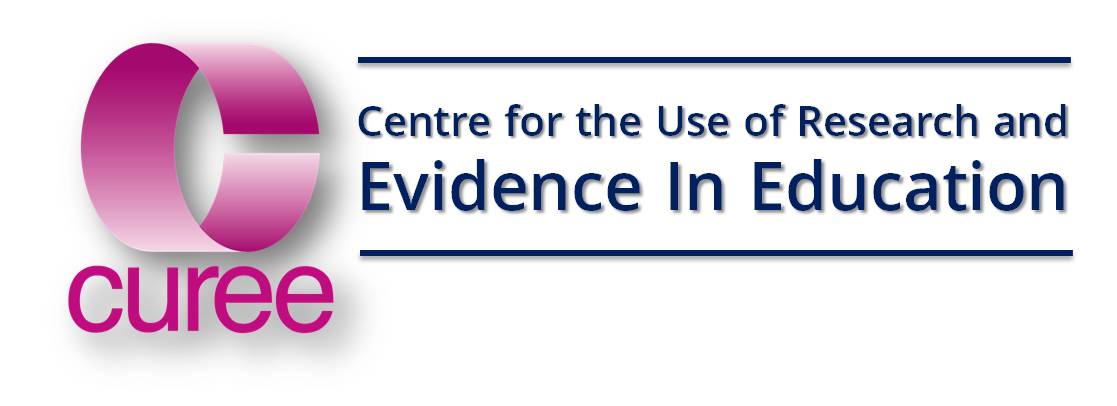The National Teacher Research Panel was set up about 15 years ago by CUREE supported by a group of national education agencies most of which no longer exist. It had three main goals:
- To ensure that all research in education takes account of the teacher perspective
- To ensure a higher profile for research and evidence informed practice in government, academic and practitioner communities
- To increase the number of teachers engaged in and with the full spectrum of research activity.
Over the several years of its existence, the Panel, supported by its expert advisers in CUREE, has helped and encouraged dozens of teachers and school leaders to do high quality but practical research. The Panel also helped them report their findings succinctly, in plain English and focused on relevance to other practitioners. This is one such example of that work.
This TLA research summarises the final report from the primary phase of the Effective Pre-school and Primary Education project (EPPE 3-11)*, Europe's largest longitudinal investigation into the effects of pre-school and primary education on pupils' development. The researchers followed more than 2,800 children from the start of pre-school (around the age of 3) along with a further 300+ children with no pre-school experience, until the end of Key Stage 2 (age 11 years) by which time 2,600 children were still in the study. The project originally over-sampled children from disadvantaged groups because they were important for policy. Being disadvantaged was related to parents' educational experiences (or lack of them), the quality of the early years home learning environment, the need for English as an additional language support, development problems early in life and other factors such as socio-economic status and low income. The benefit of longitudinal studies is that they enable various influences on development to be compared in terms of the relative magnitude of each influence and also the development stage in which particular influences have the strongest impact. They can also demonstrate the ways that different phases of education interact with one another. For this phase of the project, the researchers set out to explore the effects of pre-school at the end of Key Stage 2, the contribution of the family and home learning environment, the contribution of primary schools to children's development and how pre-school and primary school interact to affect pupils' learning and development. The researchers also carried out a sub-study of more than 500 children and families to shed light on effective transition to secondary school at the end of KS2. Our earlier summary 'Effective provision of pre-school education' examined the impact of pre-school provisionon children's intellectual, social and behavioural development at age five and seven. This summary reports on the enduring impact of quality pre-school experiences at Key Stage 2. It also looks at the difference effective primary schools made and what made primary schools effective. The difference home background made to children's progress - particularly the importance of parental expectations - is examined as well as how schools promoted a successful transition at the end of Key Stage 2. As usual, this summary provides a number of independent case studies carried out by teachers, which explore some of the key findings from the research about effective primary schools. These include examples of how one group of teachers set about improving the way they developed their pupils' problem-solving skills and how another developed their pupils' speaking and listening skills during group work. Other case studies detail one school's approach to improving outcomes for disadvantaged children and an innovative way of easing transfer to secondary school for underachieving pupils who found transition difficult.
File attachments:
Document section:
